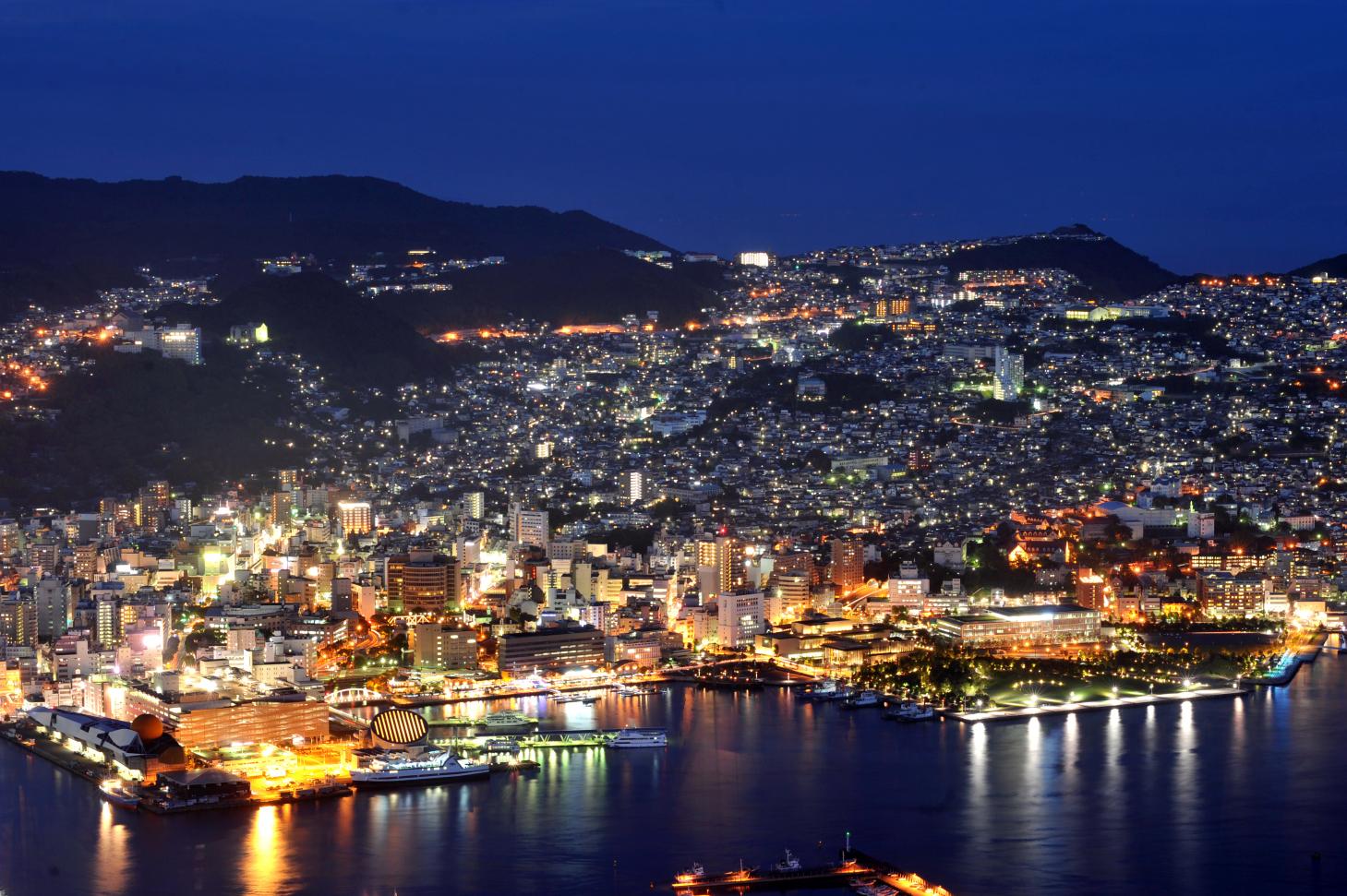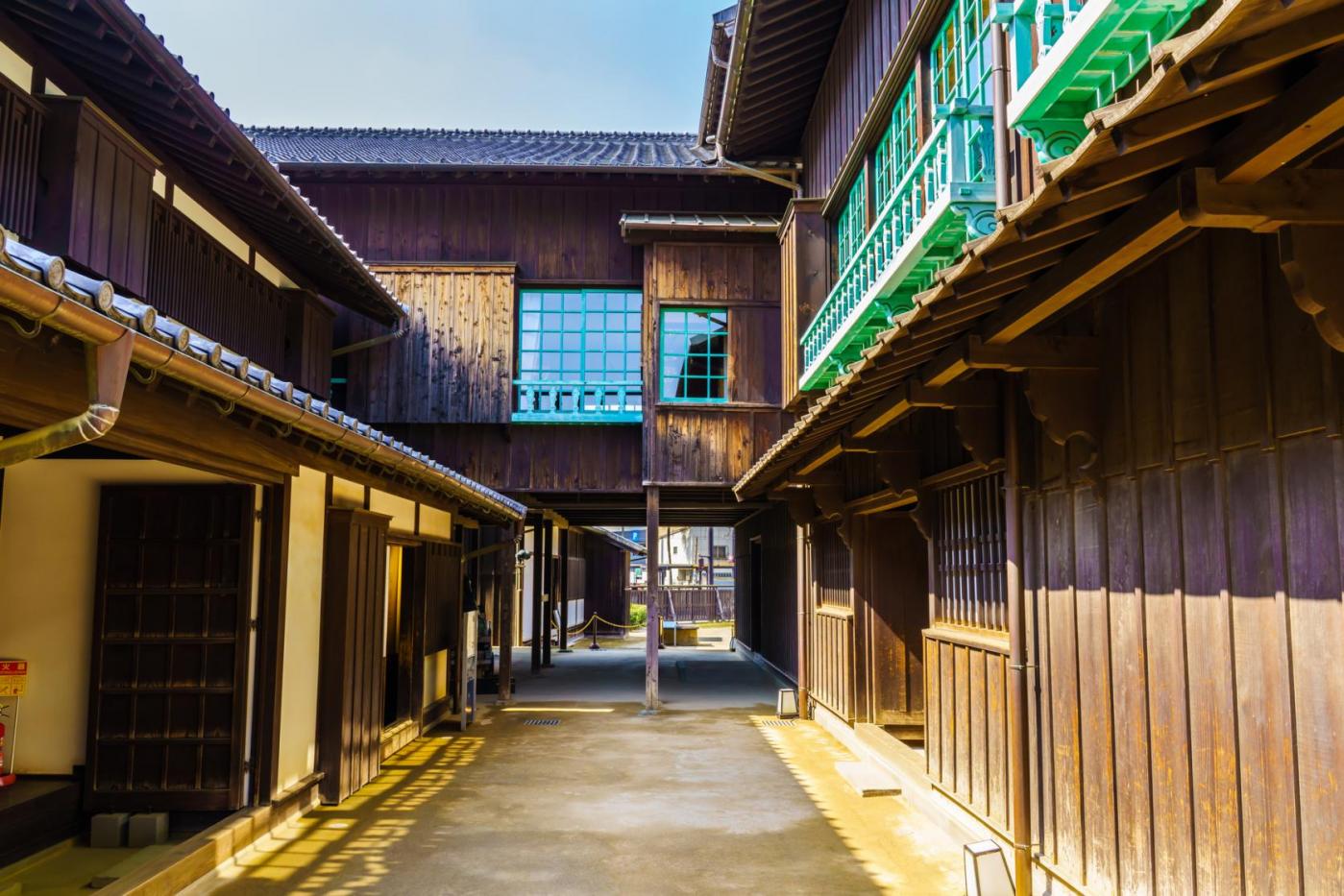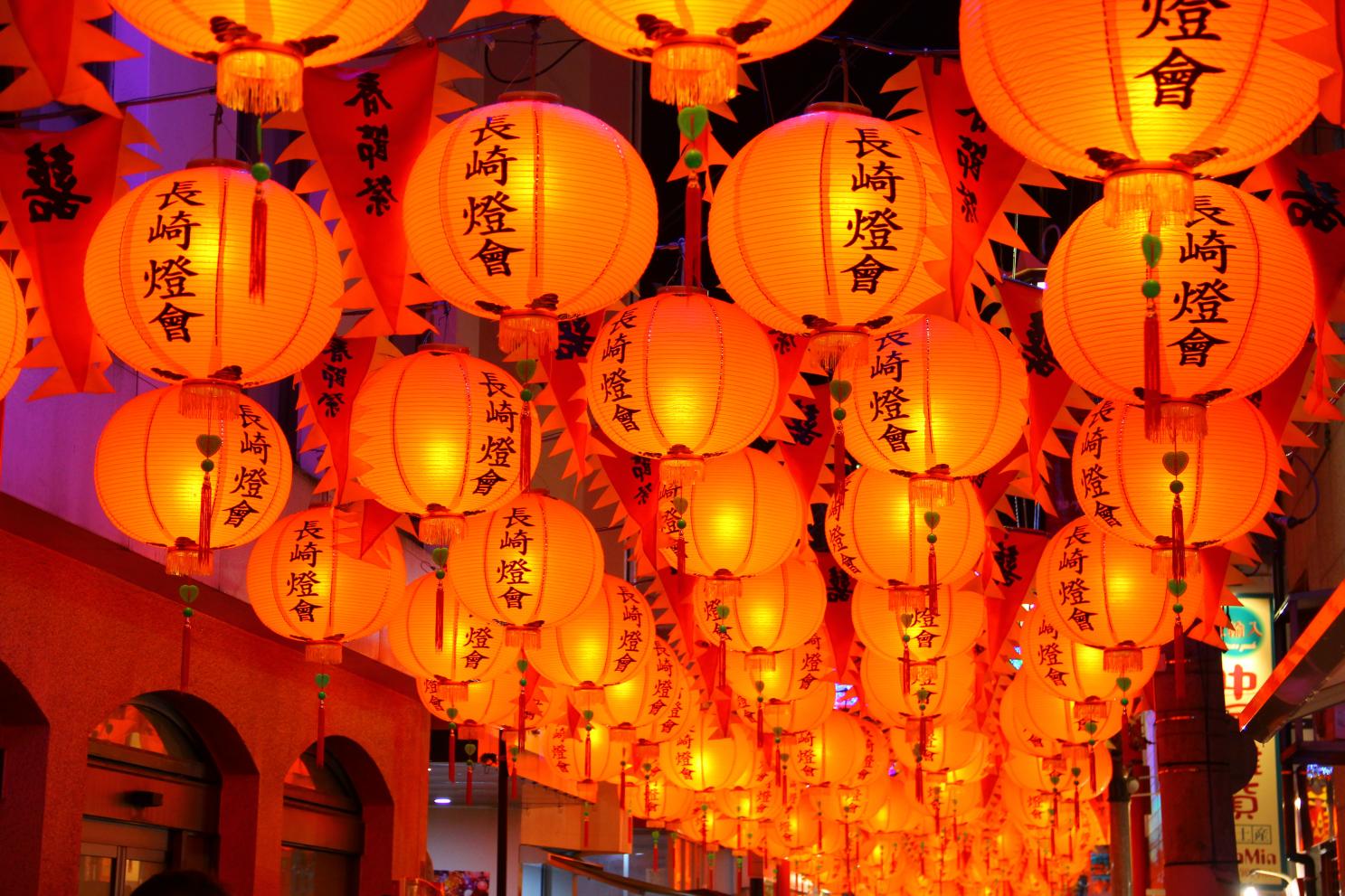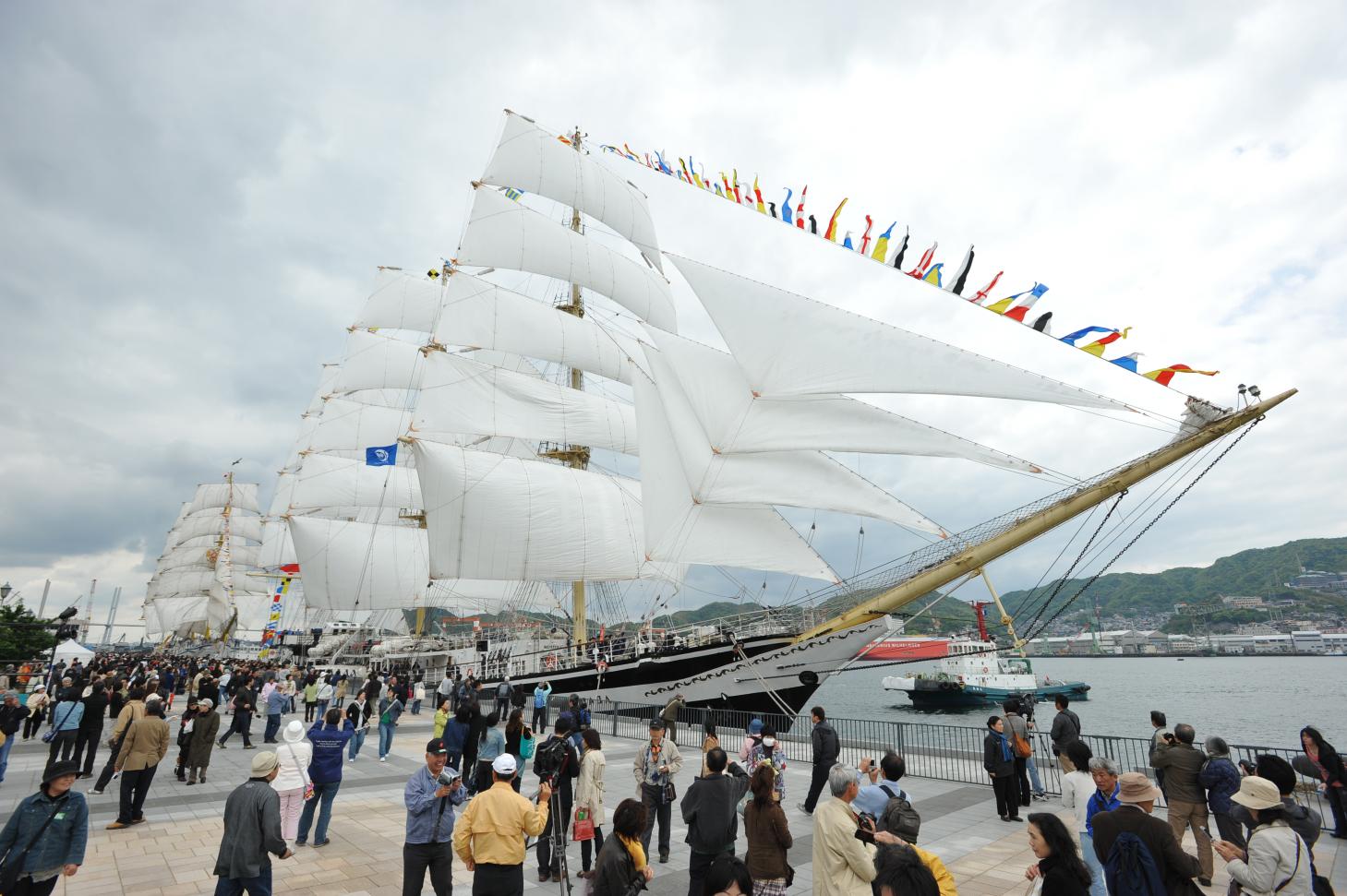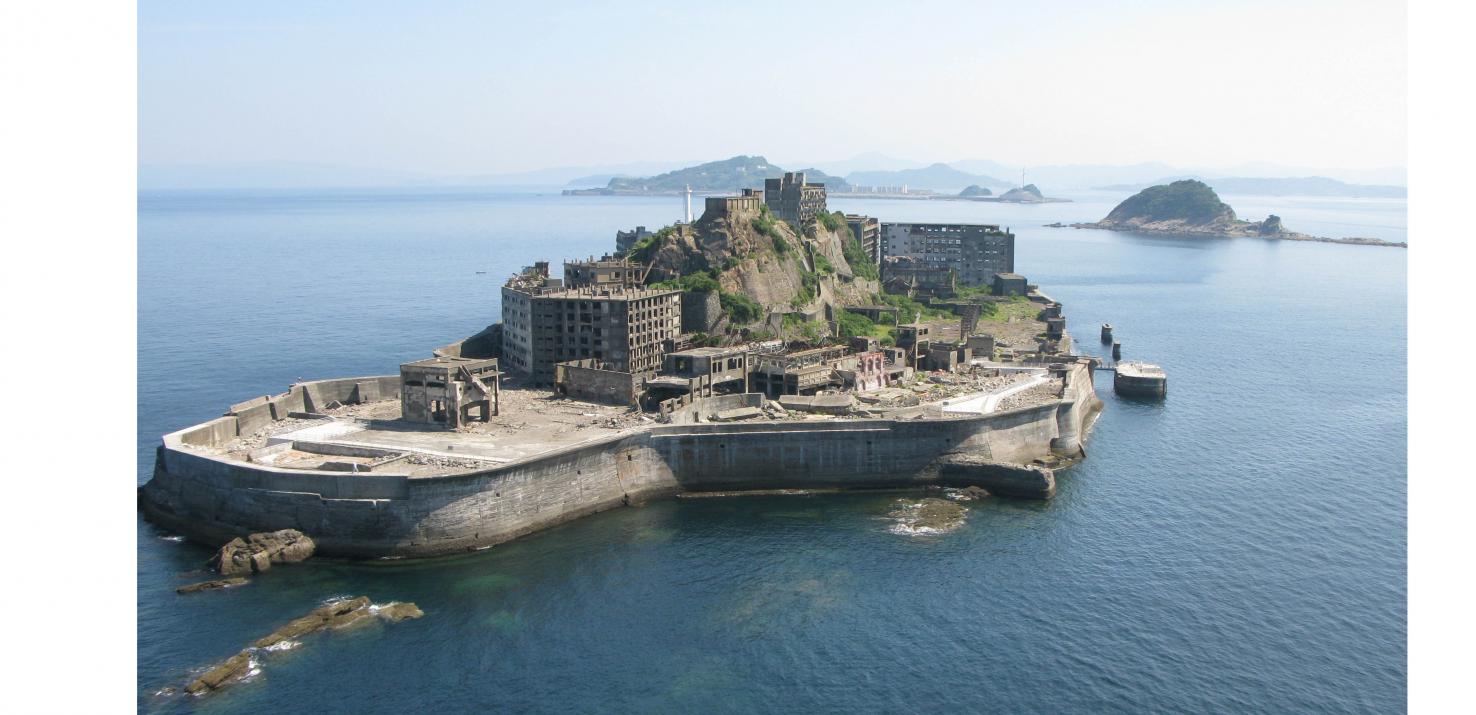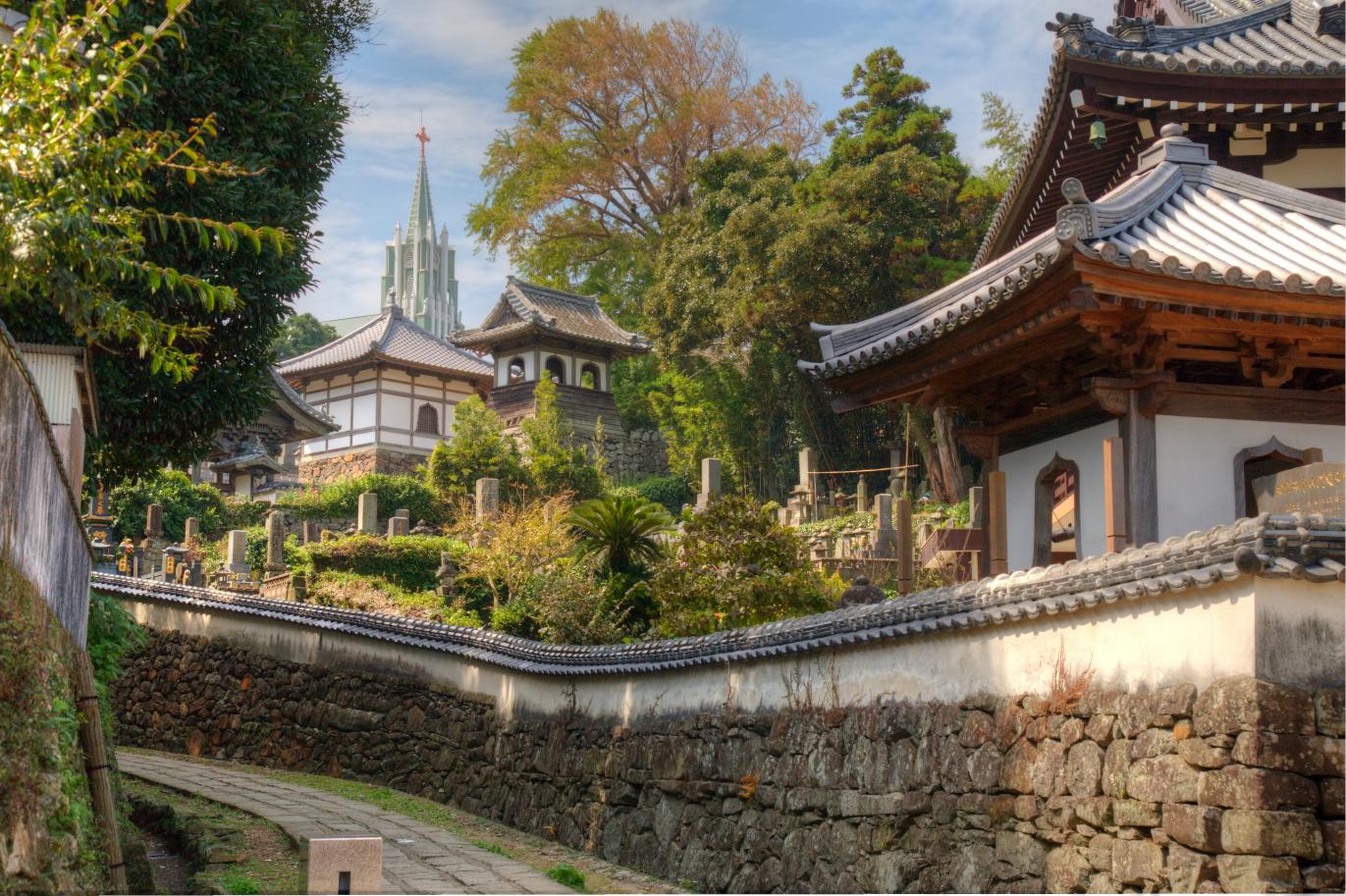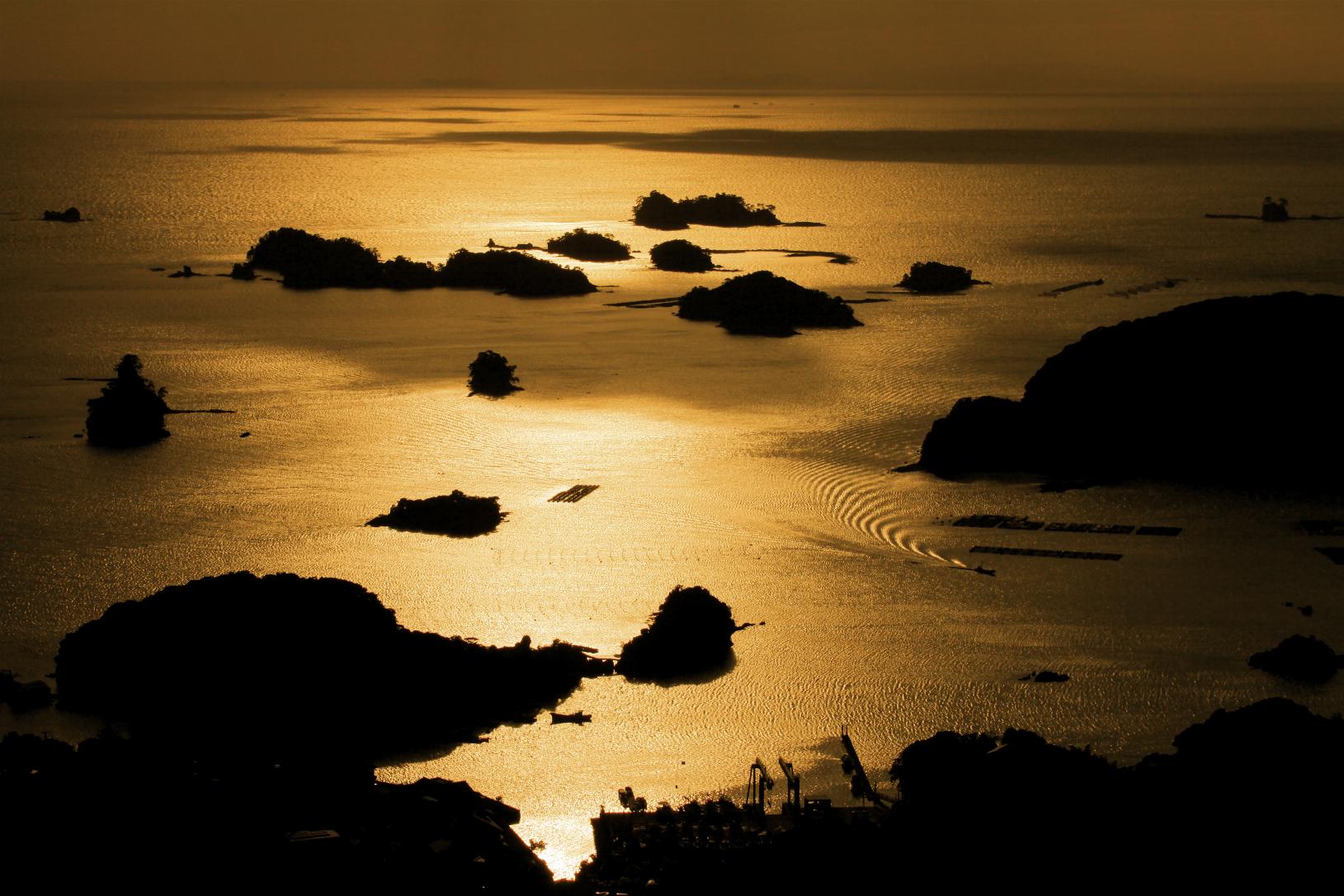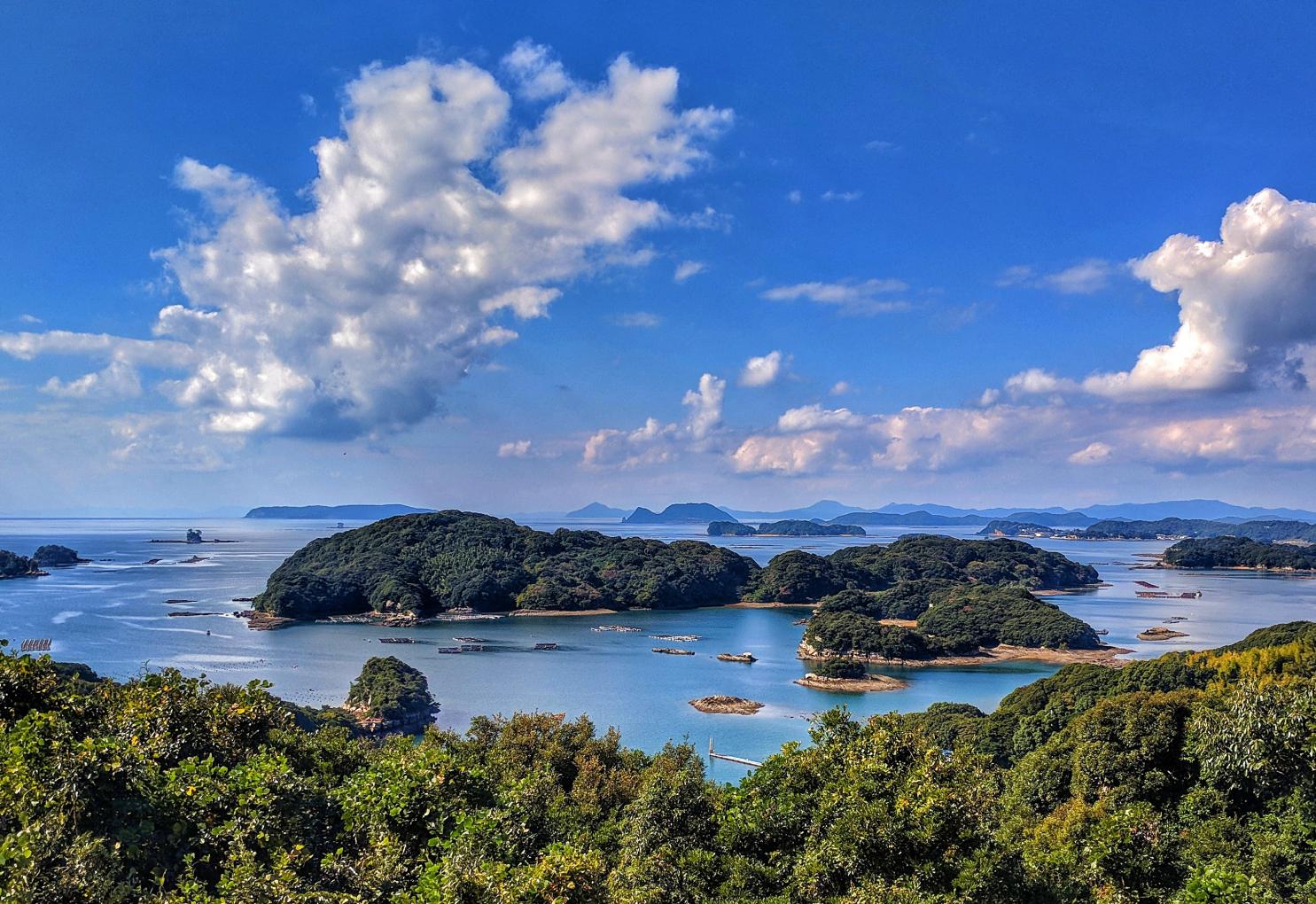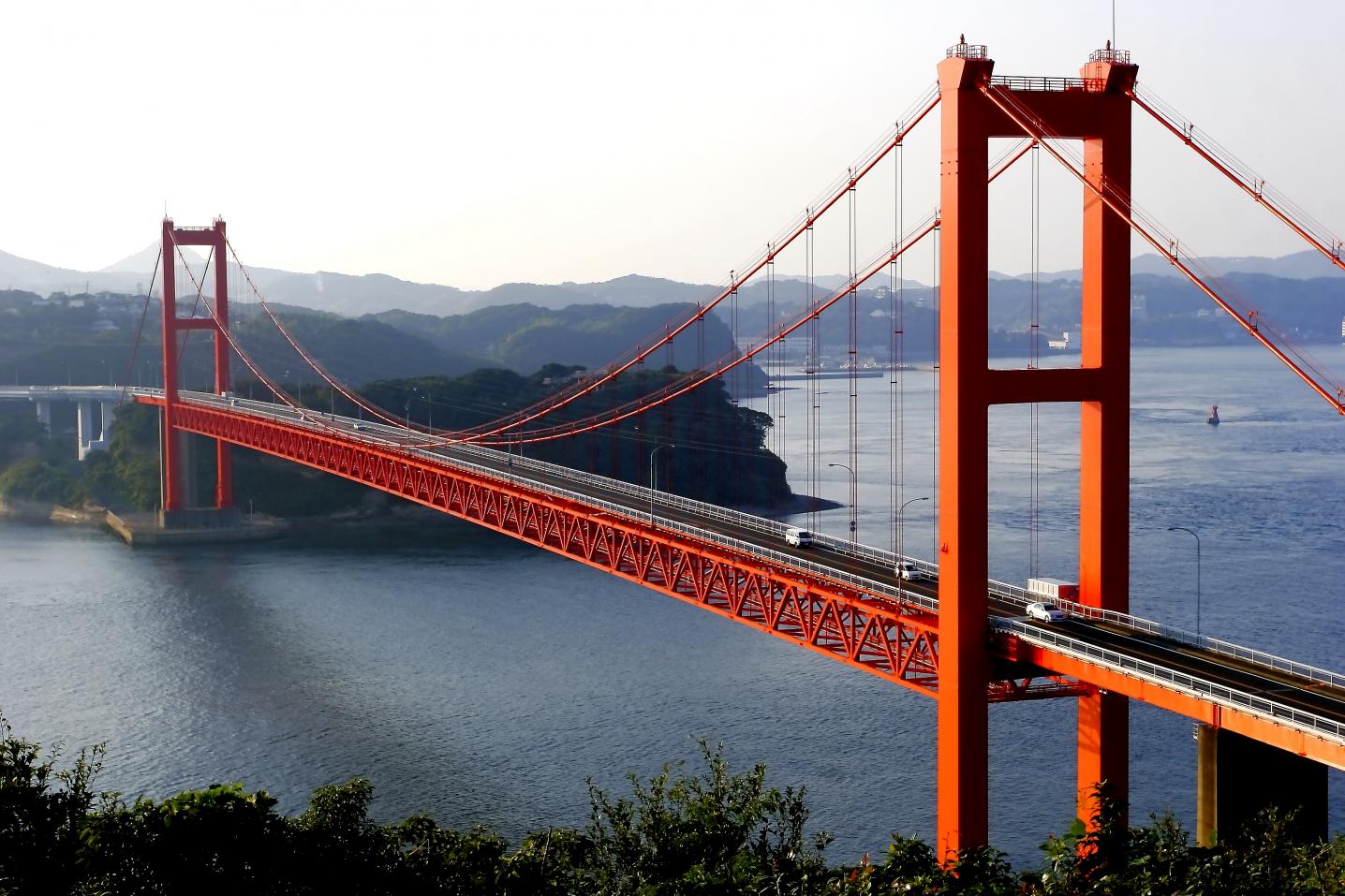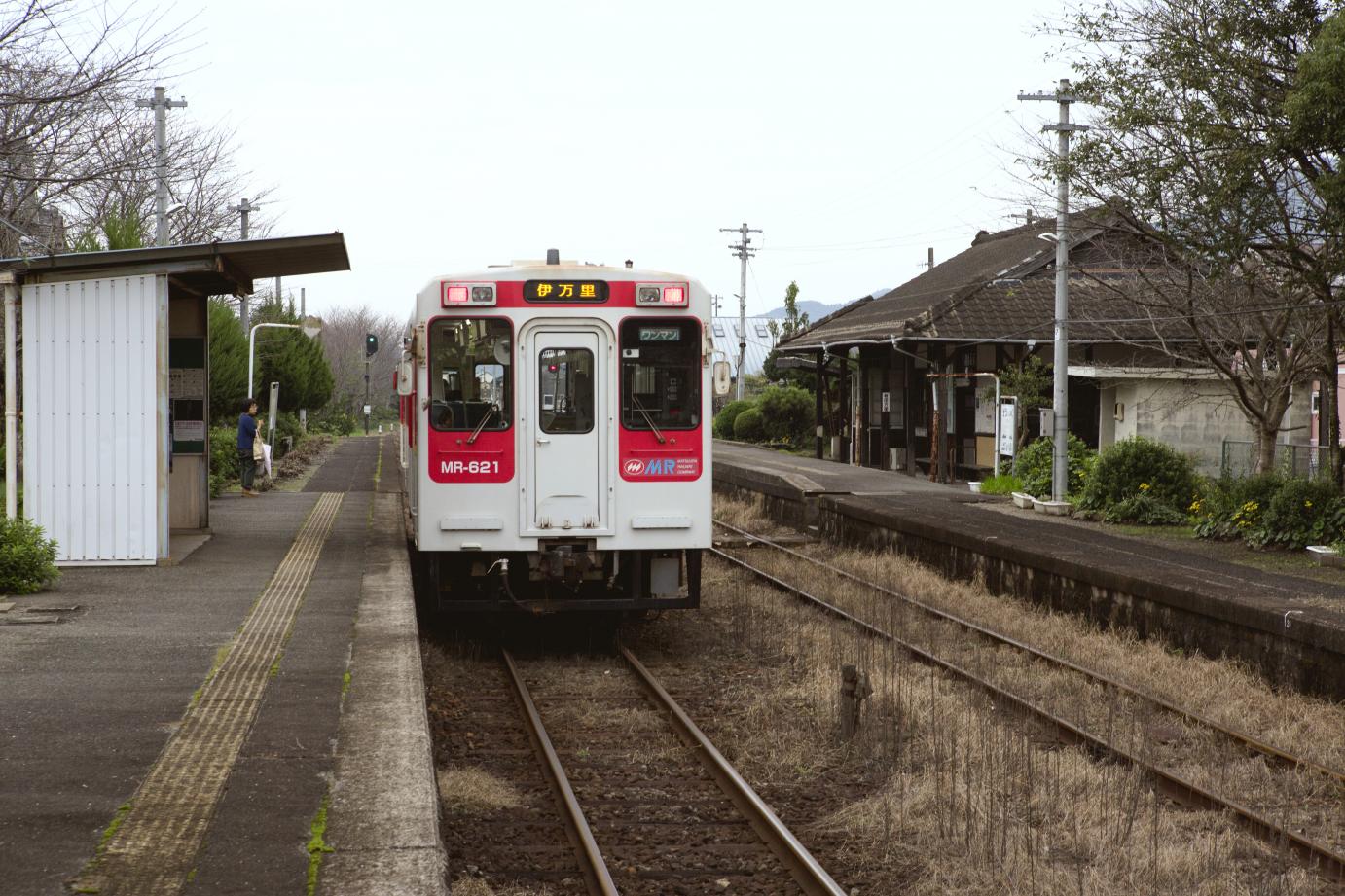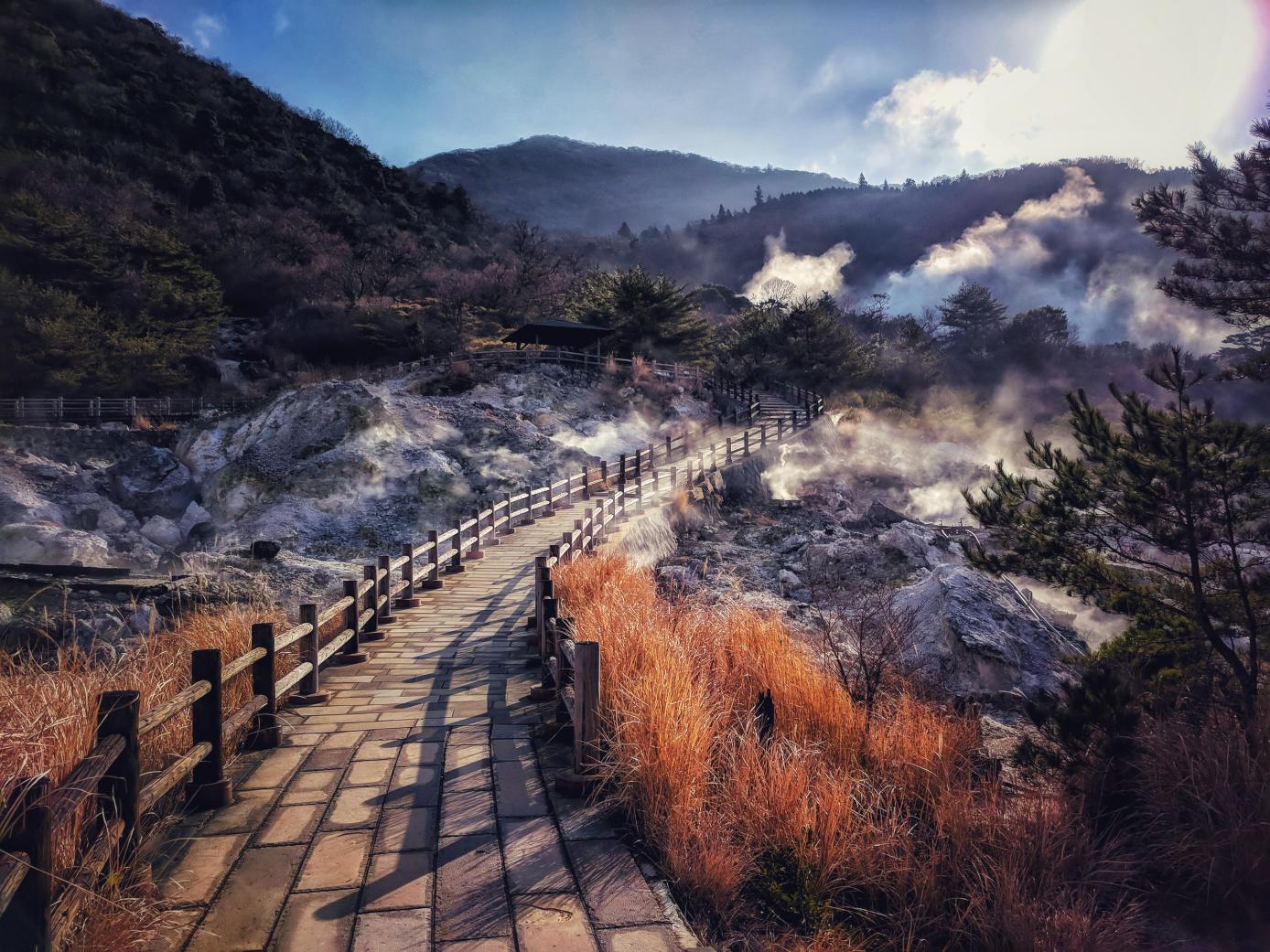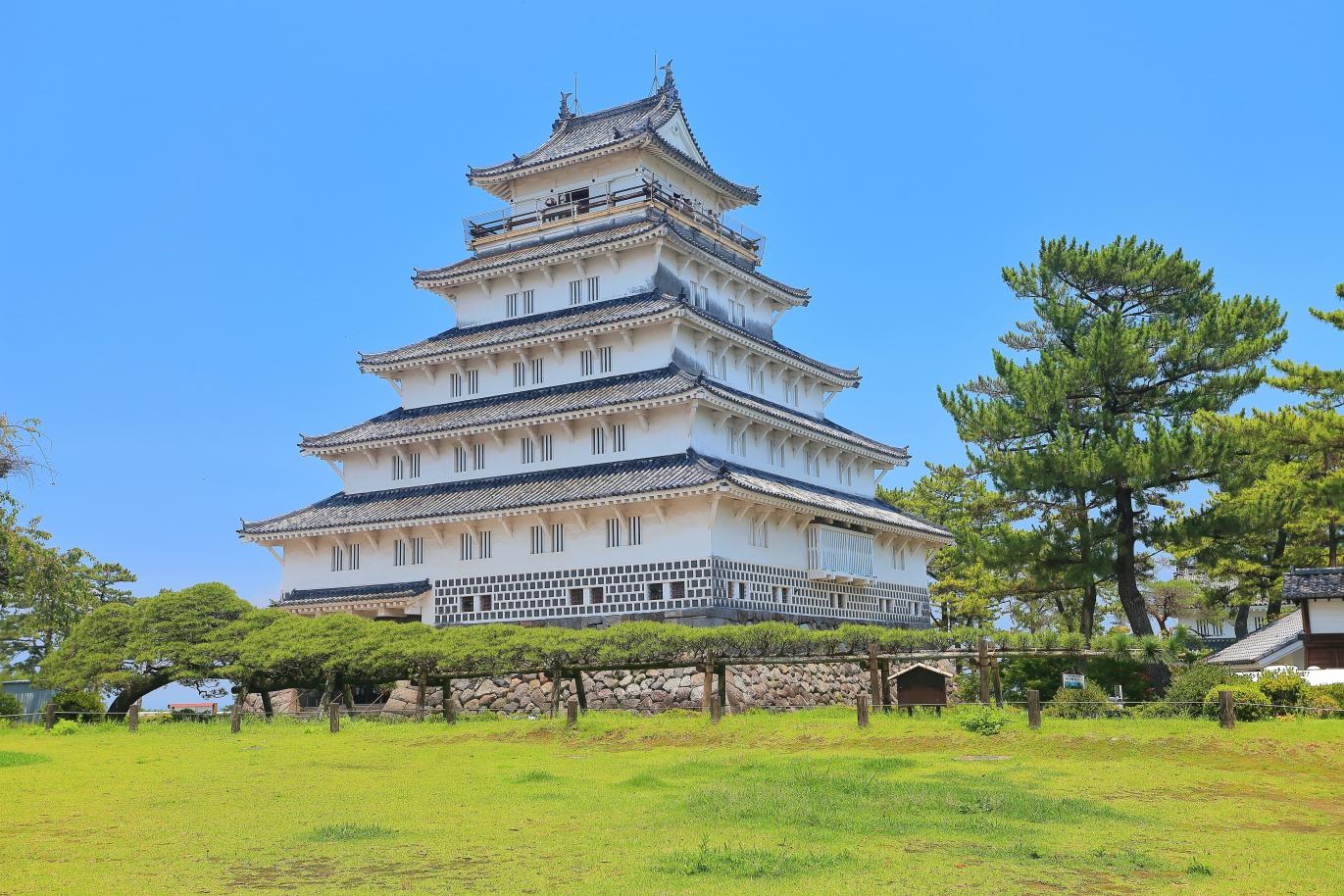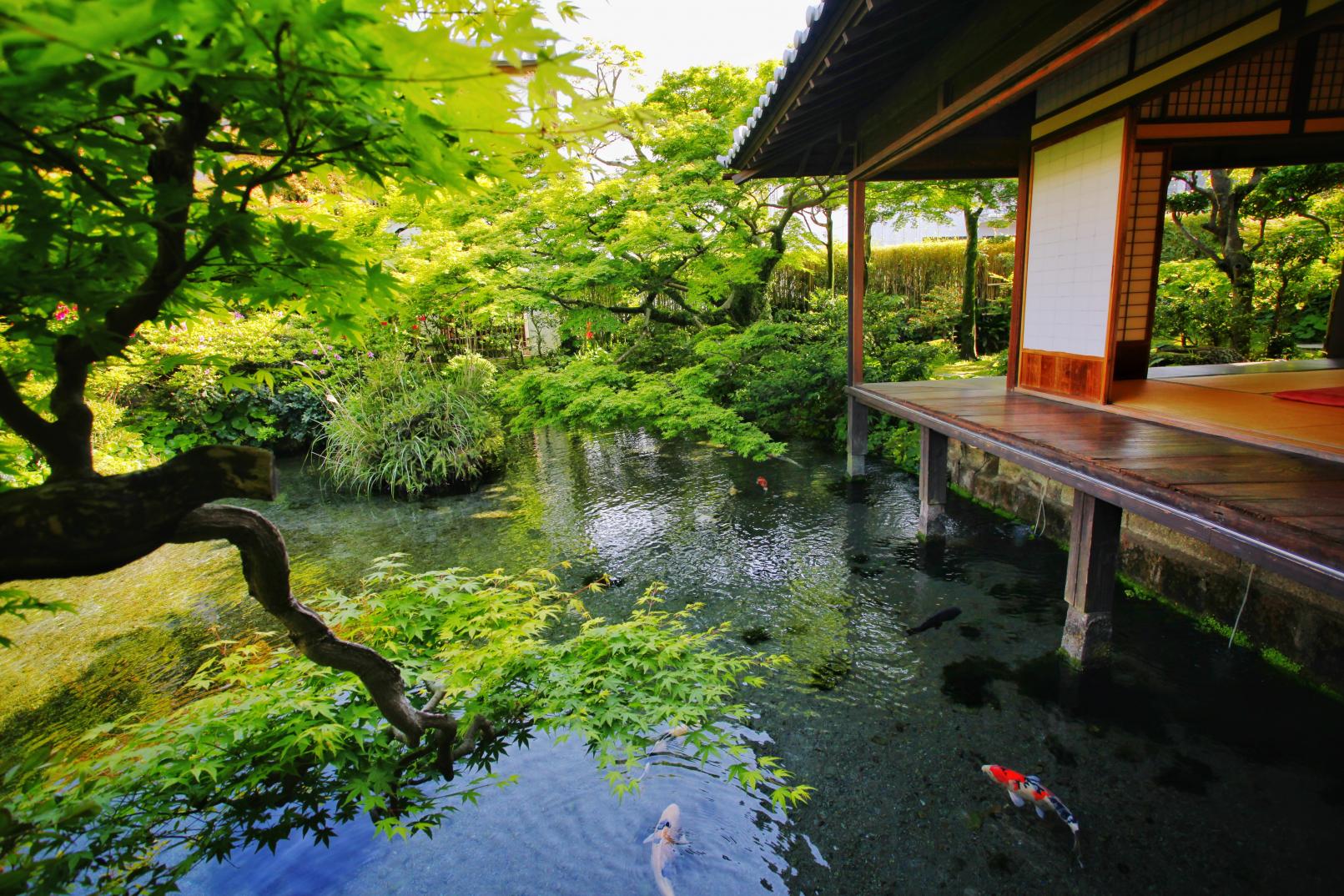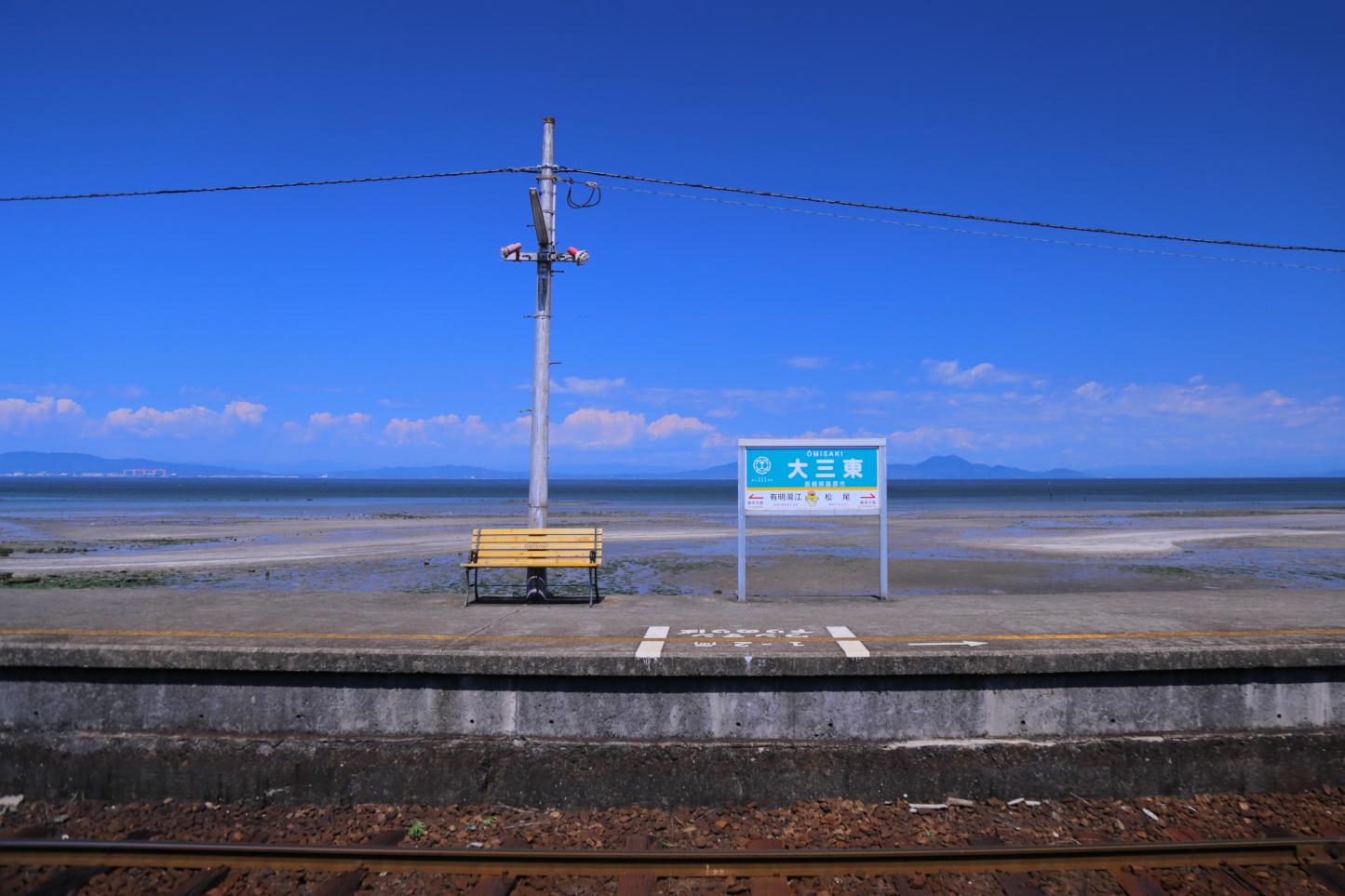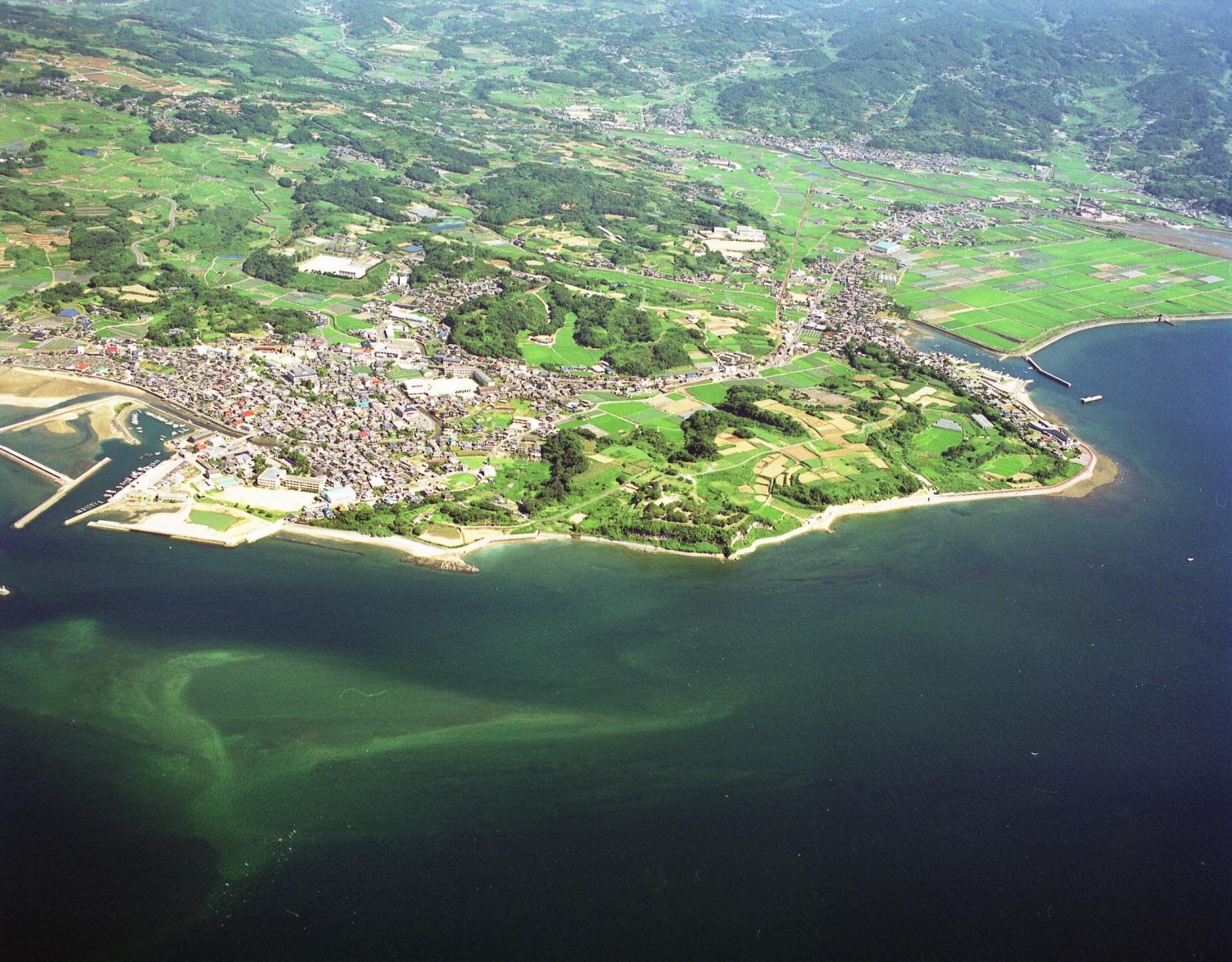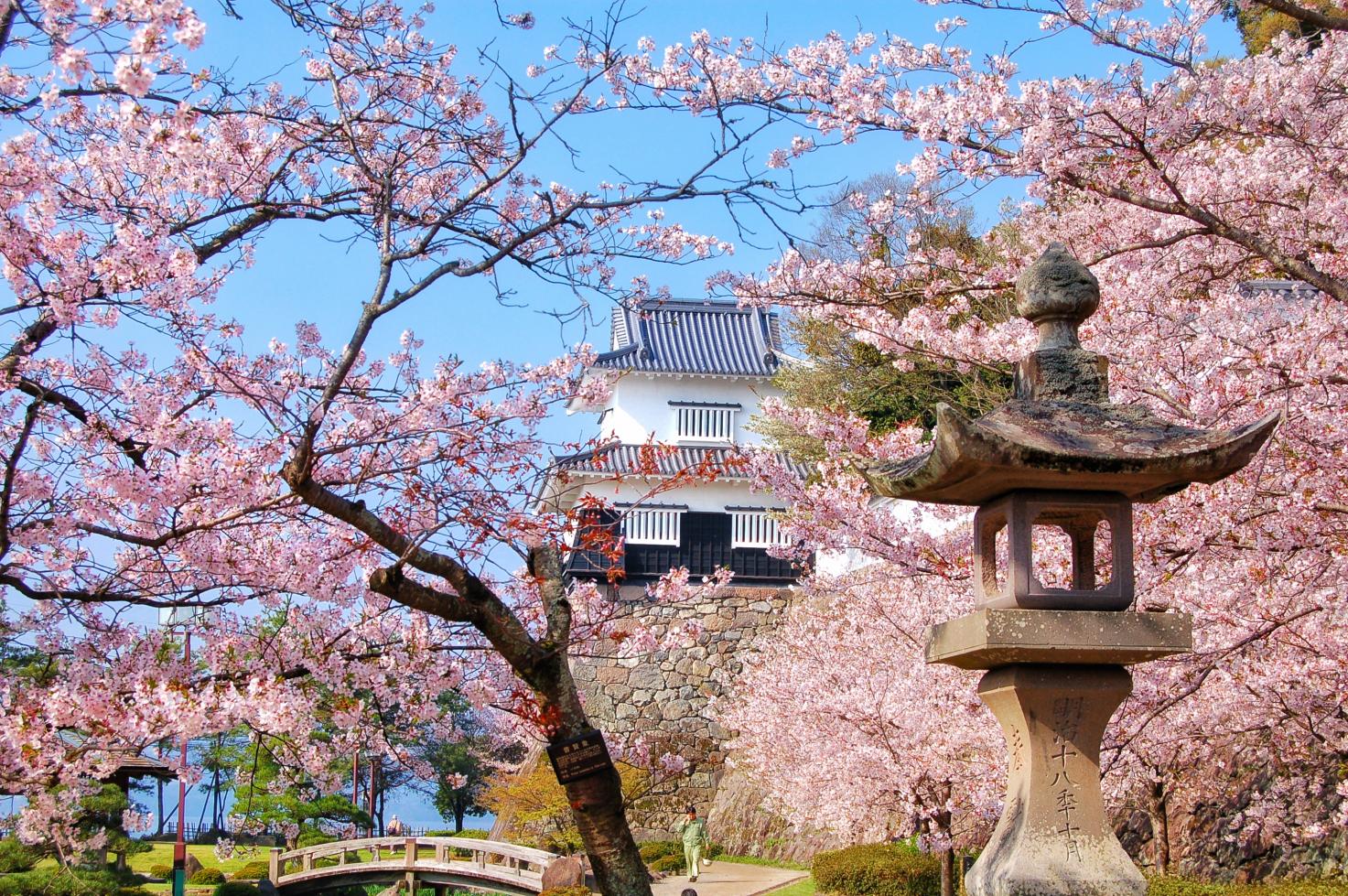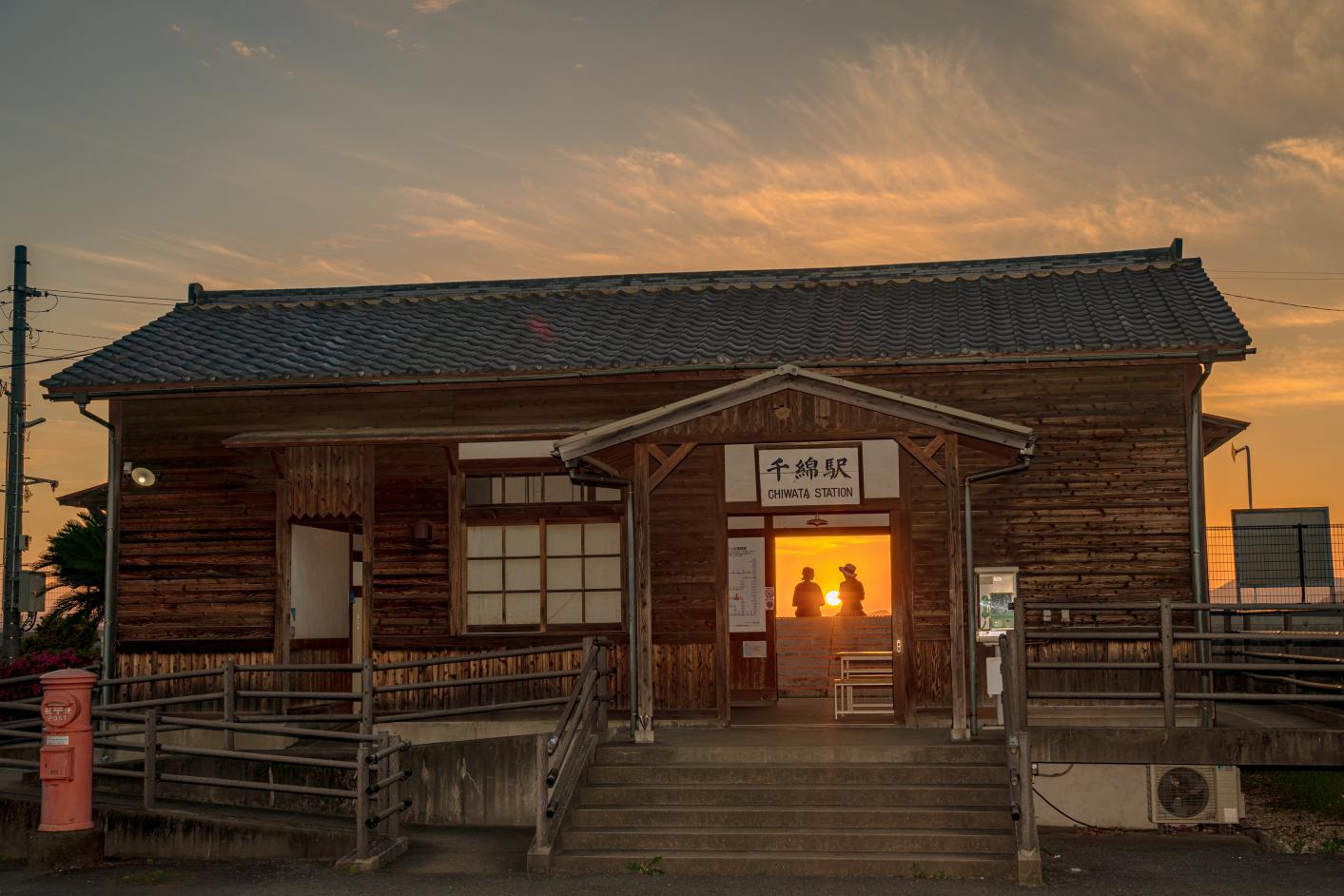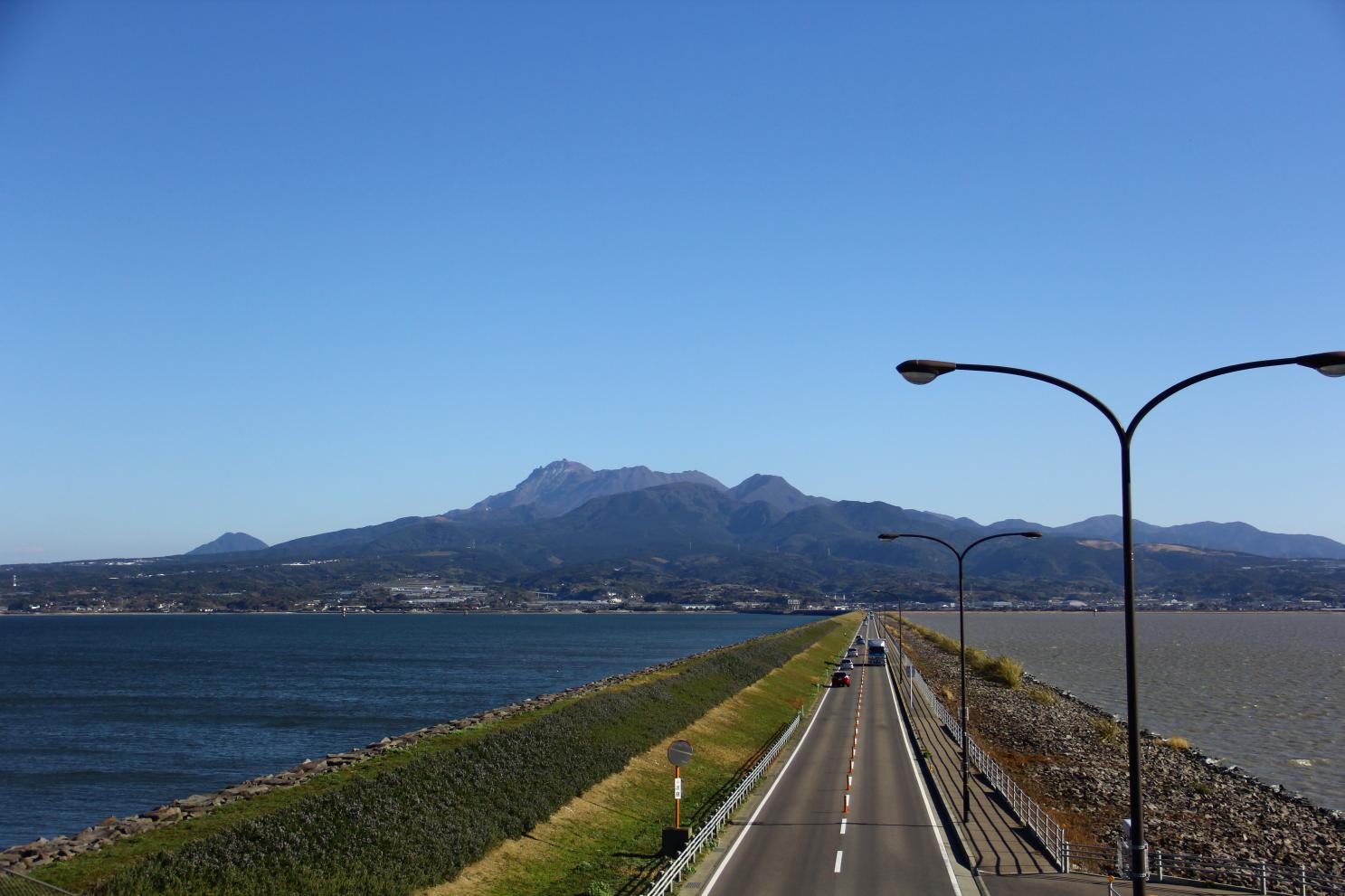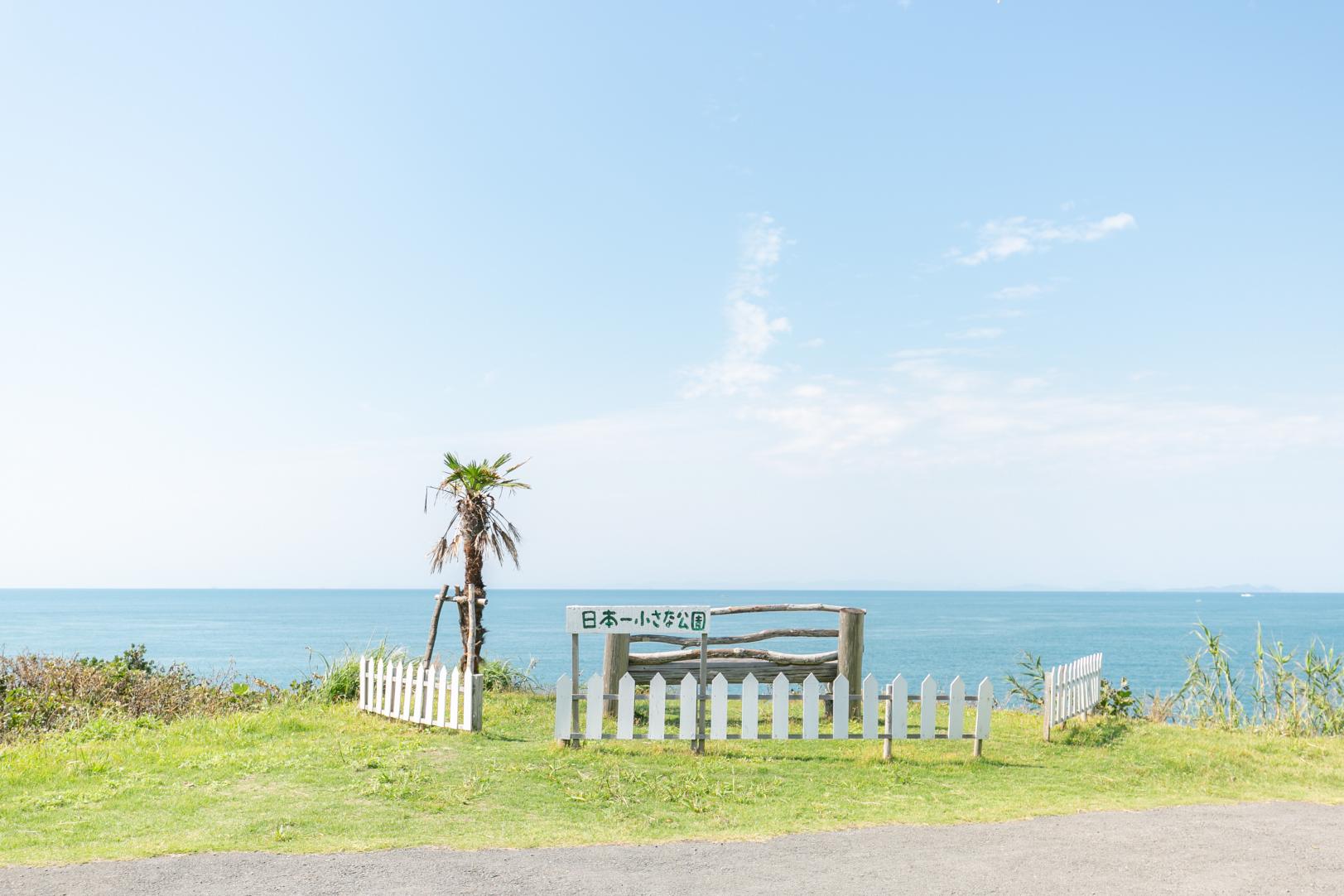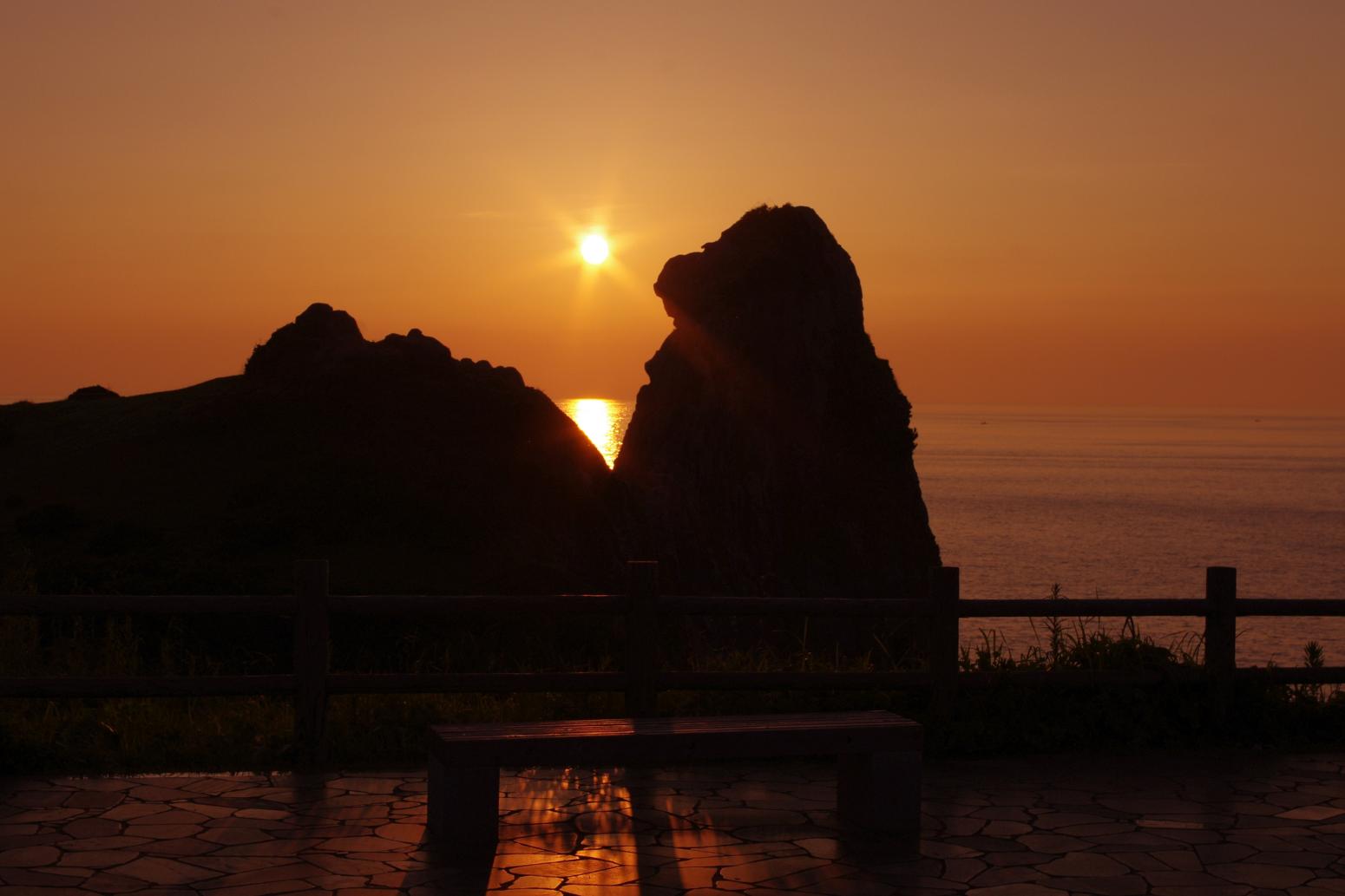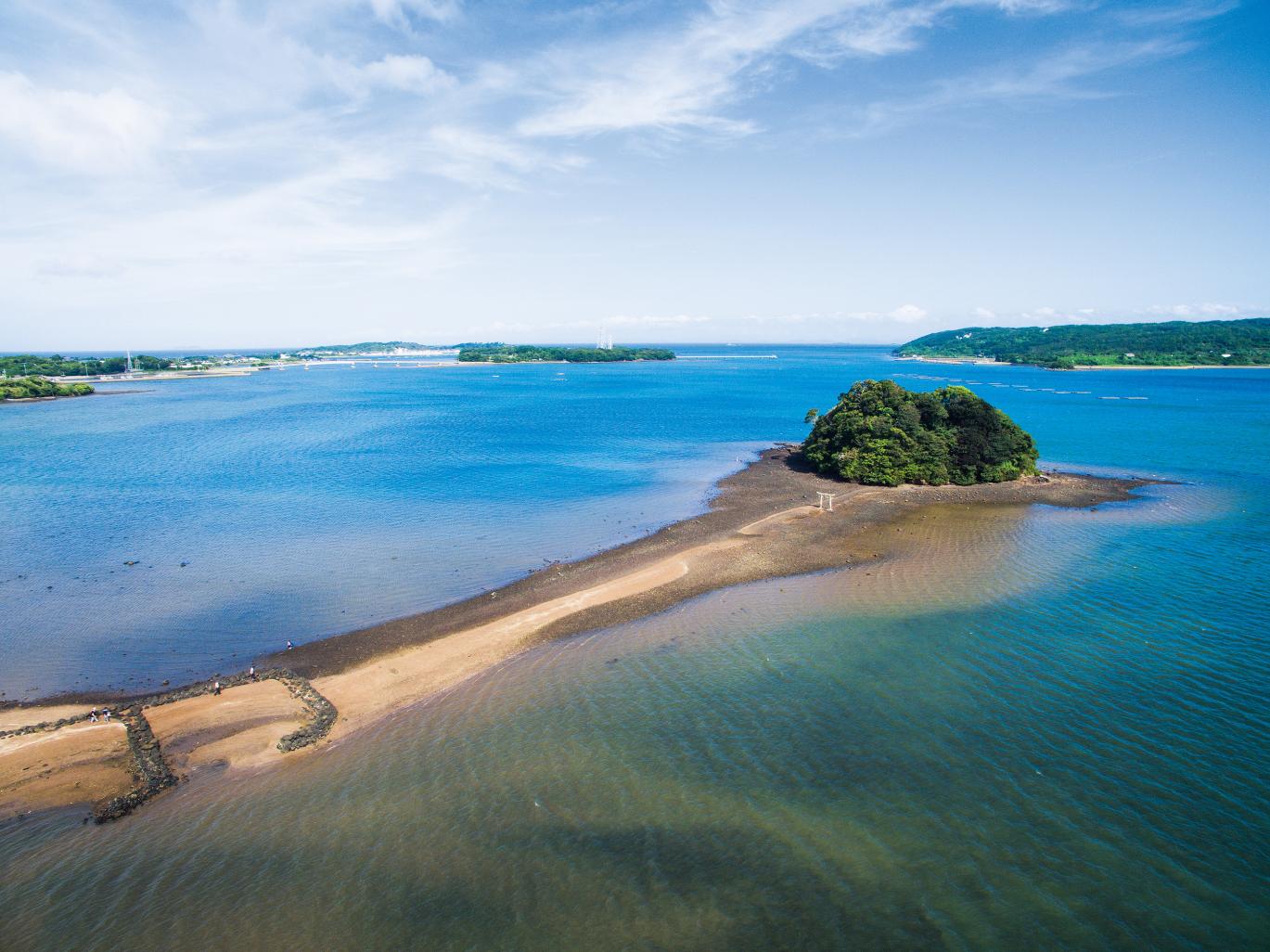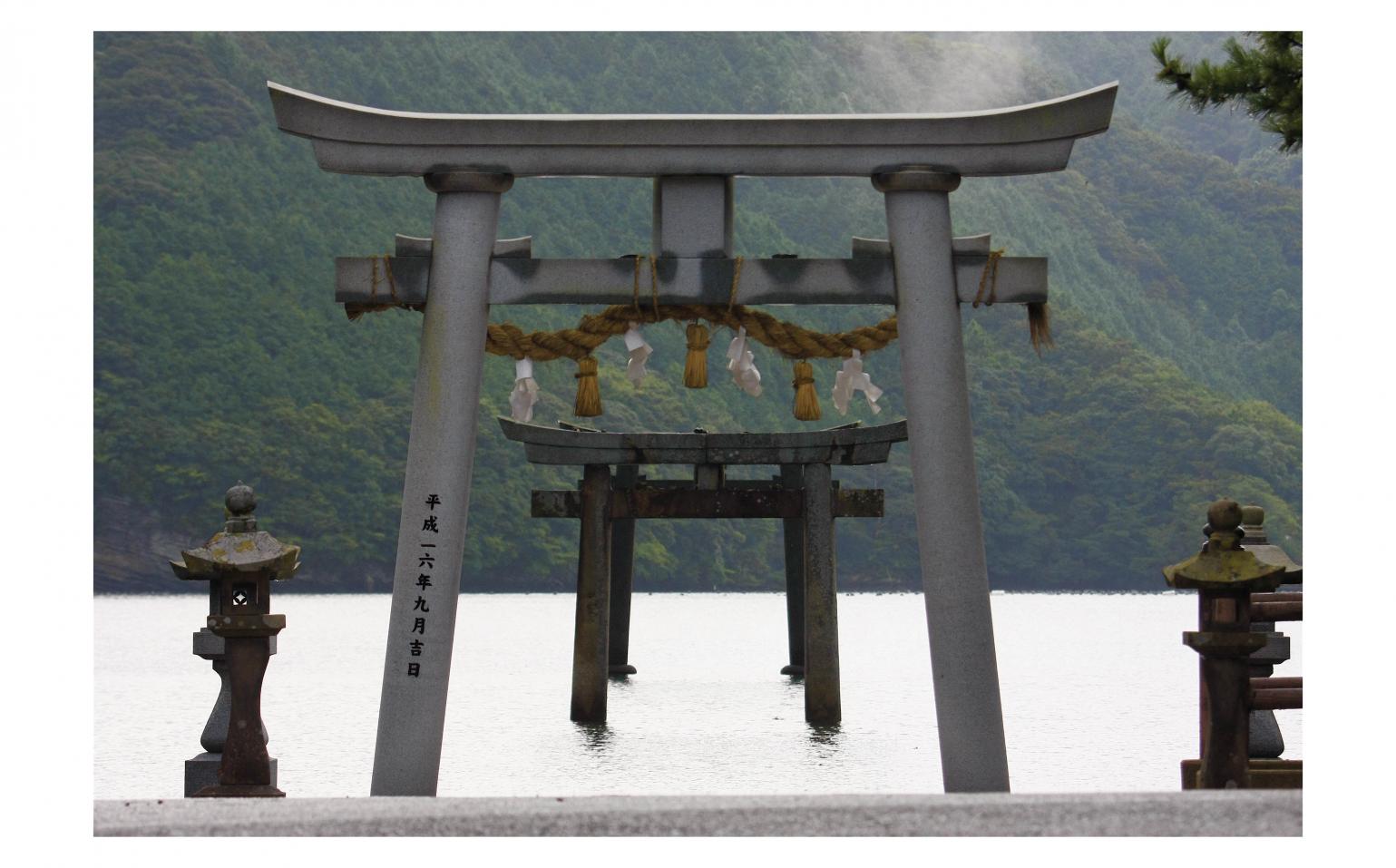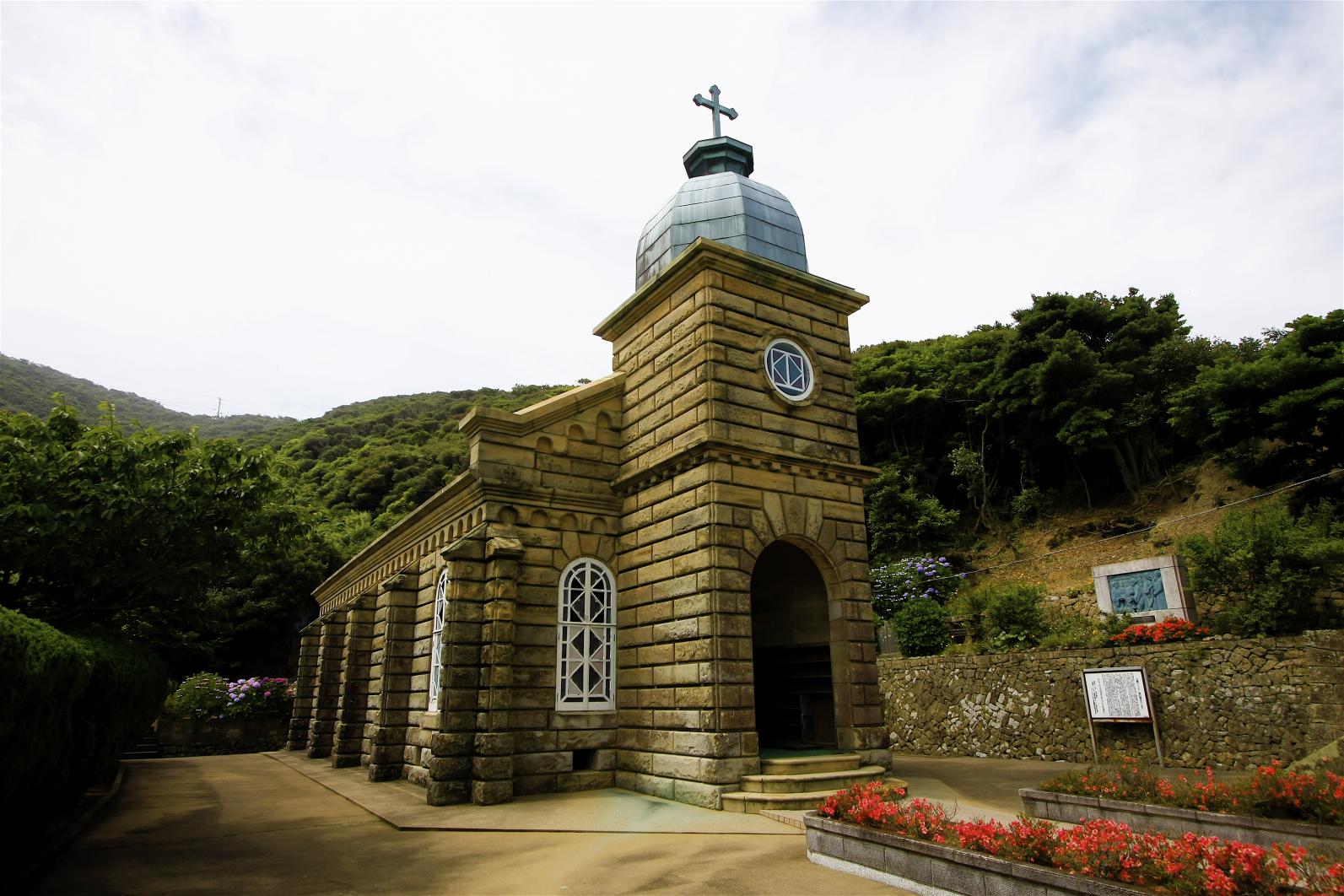Nagasaki City (Japanese: Nagasaki City/ながさきし Nagasaki shi */?) is a city located in western Kyushu, Japan. It is the county seat of Nagasaki Prefecture and an important port city in western Japan. Its history began with the development of Nagasaki Port in the Azuchi-Momoyama period. During the seclusion period in the Edo period, it was Japan’s only international trade port. It had close exchanges with the Netherlands and China, and had a foreign residential area, Deshima [2 ]. Therefore, Nagasaki is deeply influenced by the West and has many European-style buildings. Coupled with the many slopes in the urban area, the urban landscape of Nagasaki is quite different from that of most other Japanese cities. The history of exchanges with the West allowed many missionaries to come to Nagasaki on merchant ships in the early days. As a result, Nagasaki is now the Japanese city with the highest proportion of Christian populations in Japan. The Catholic Church also has a separate archdiocese in Nagasaki [3]. Because of trade with China, many Chinese have lived here since the Edo period. Nagasaki Shinchi Chinatown is one of the three major Chinatowns in Japan.
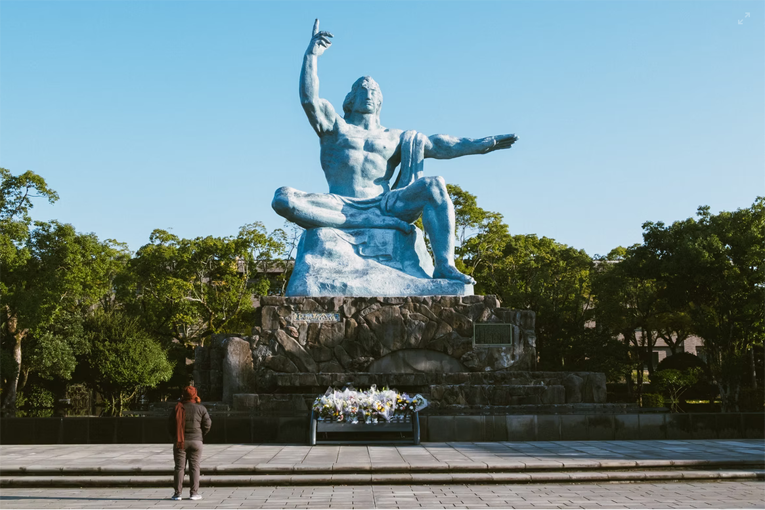
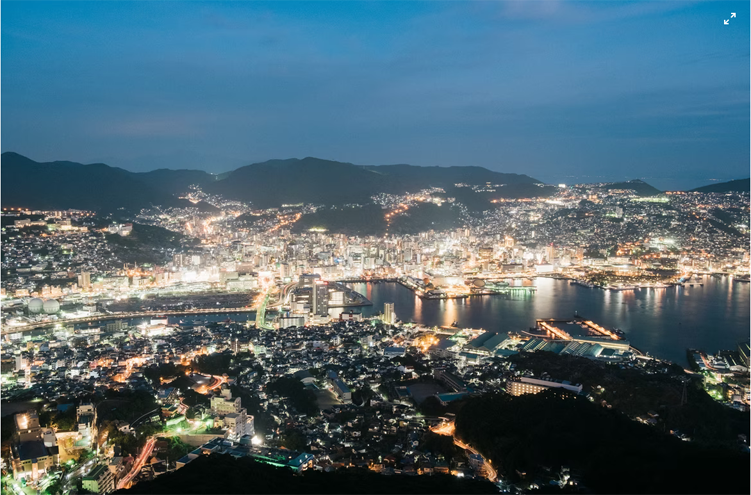
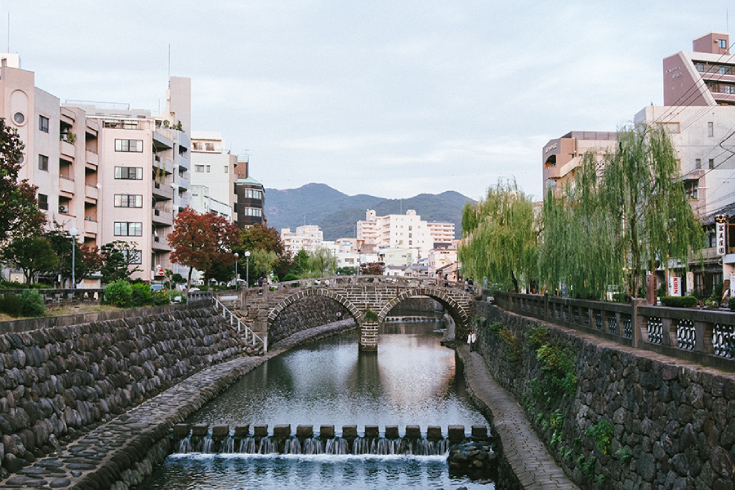

The largest city in Nagasaki Prefecture, it prospered as a trade window between the West and China after the opening of its port in 1570, creating a unique culture and retaining “the legacy of the industrial revolution of Meiji Japan” and “the relationship between Nagasaki and the Amakusa region’s latent Christians.” Heritage” two world cultural heritages. With Nagasaki Port as the center, Nagasaki City is surrounded by mountains on three sides, forming a unique topography and presenting a unique and magical scenery. The night view is even named as one of the “New Three Night Views in the World” along with Hong Kong and Monaco.
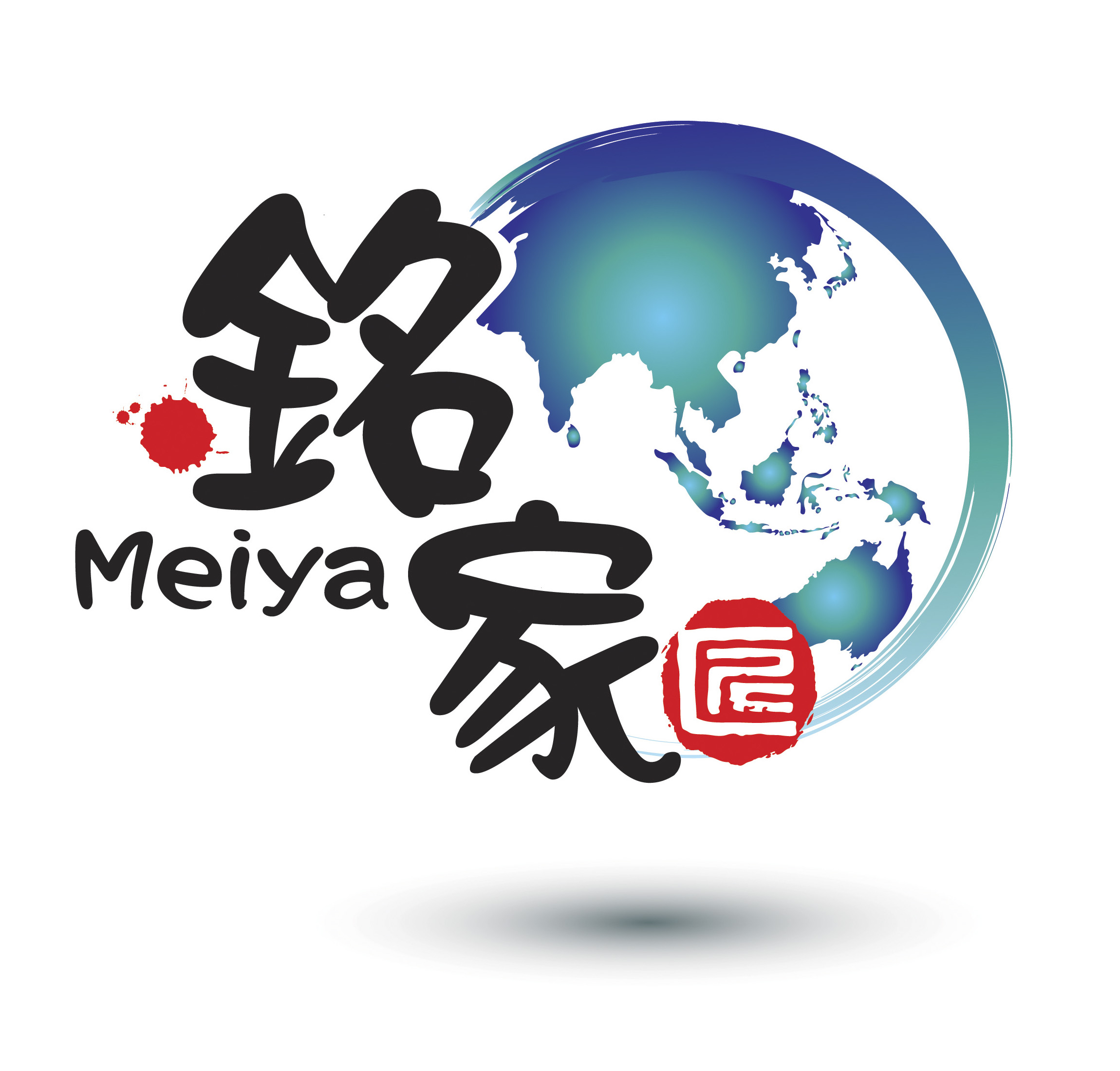
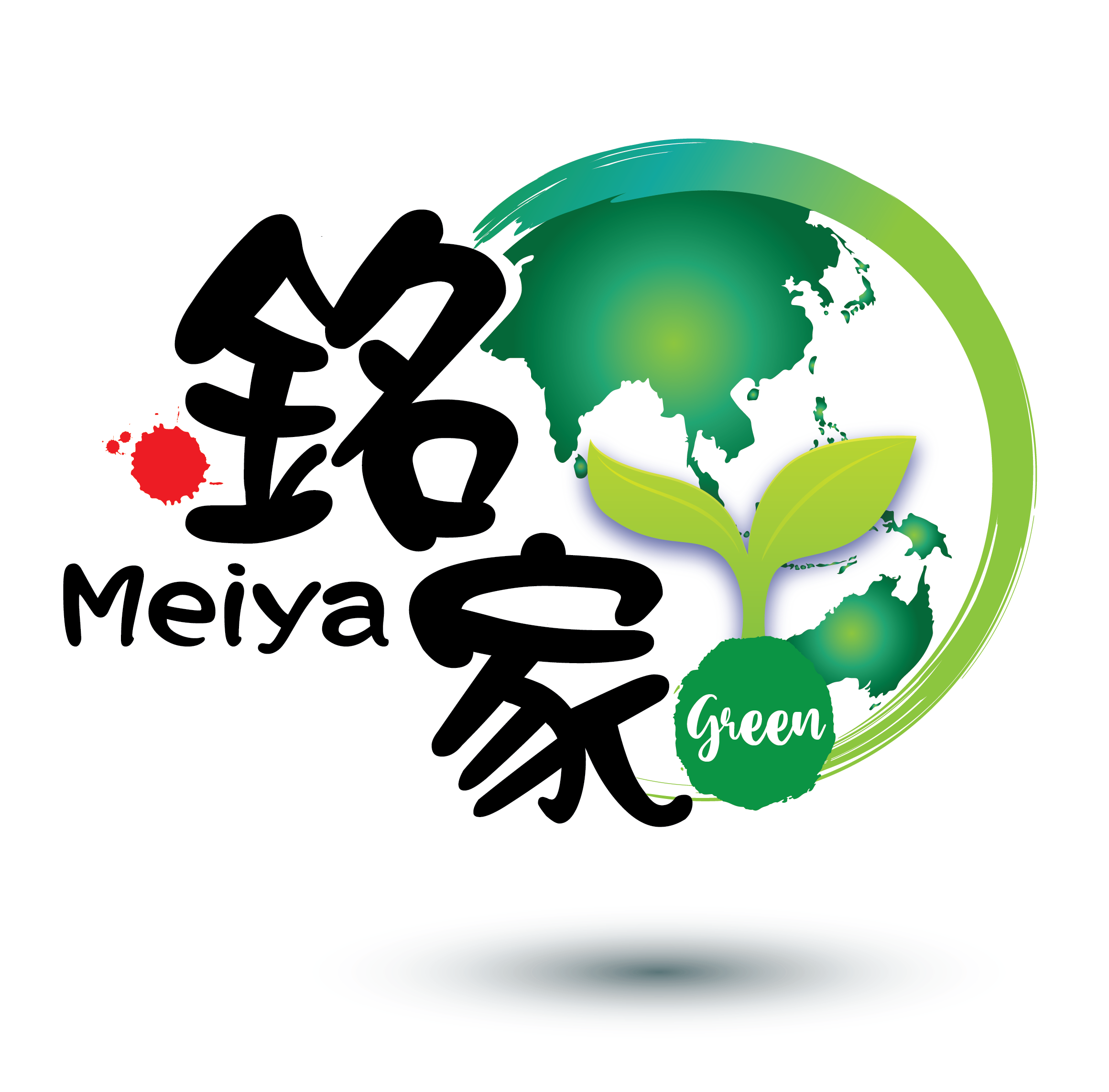




 Eng
Eng
 中文
中文
